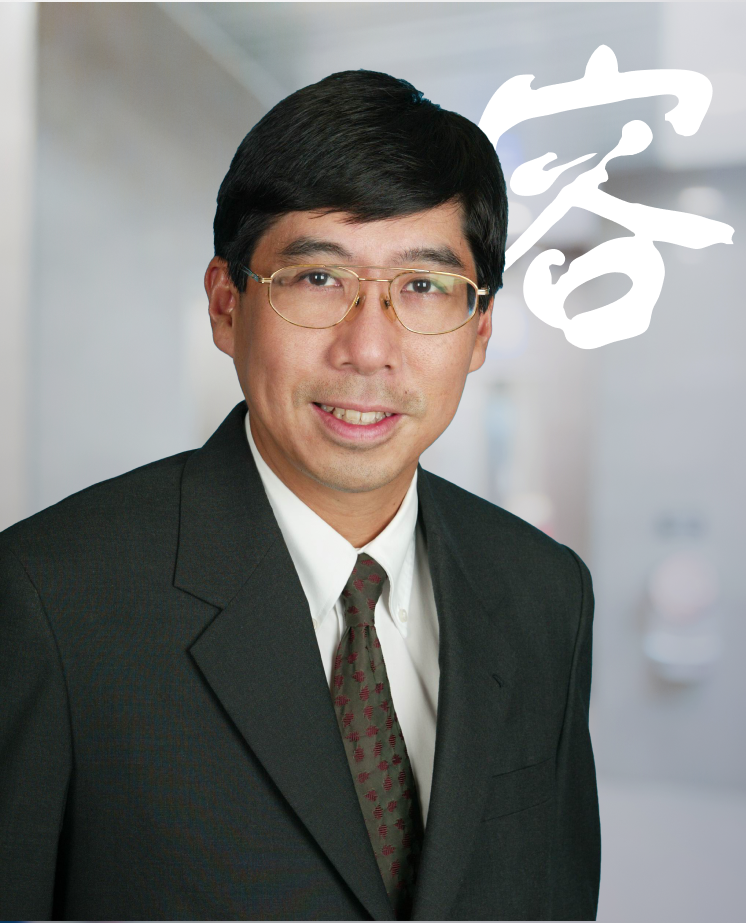Physiotherapy for Orthopaedic Rehabilitation
Injuries and conditions affecting the musculoskeletal system can result in pain and limited mobility. The objective of orthopaedic rehabilitation is to better restore function, especially following orthopaedic surgery or as the primary treatment itself.
Orthopaedic rehabilitation is a multidisciplinary approach consisting of orthopaedic specialists, physiotherapists, nutritionists and more. They work together to help patients restore function and alleviate pain related to musculoskeletal issues such as shoulder injuries (rotator cuff tears, frozen shoulder), lower limb injuries (hip pain, meniscus tear, ankle sprain), arthritis, and post-orthopaedic surgery recovery.
Rehabilitation begins with an initial assessment and evaluation, followed by treatment and regular reviews. A question that is frequently asked is, “How long does it take?” The reality is that the duration varies for each individual. Instead of fixating on a specific completion date, it is more beneficial to establish goals with your physiotherapist. Recognise and reward yourself for reaching milestones to facilitate a successful rehabilitation journey.
Before prescribing a treatment programme, a thorough assessment and evaluation is conducted to develop a better understanding of the patient and their condition. This involves the following steps:
- Assessment of patient history and background
- General observation of affected area, posture, balance, gait
- Test of individual structures (range of motion, strength)
- Documenting an accurate account of findings
These assessments provide valuable insights into the patient’s past lifestyle and injury, which will help them in designing a rehabilitation programme to suit the patient’s needs and goals.
Physiotherapists employ a range of treatment methods to help reduce pain and swelling while improving endurance, strength, and range of motion. These include:
- Range of motion exercises maintain and enhance joint flexibility.
- Strength training and resistance exercises improve muscle strength and endurance.
- Hydrotherapy, involving exercises in a pool, provides body support, reduces joint impact, and promotes muscle relaxation.
- Manual therapy (joint mobilisation, massage, etc) applies targeted pressure to bones and soft tissue, alleviating tension, reducing pain, and enhancing joint and muscle mobility.
- Therapeutic modalities, including cryotherapy (ice), thermotherapy (heat), ultrasound, and electrical stimulation, provide pain relief and to improve the healing process.
- Neuromuscular re-education focuses on improving communication between muscles, the brain, and nerves to enhance movement, strength, balance, and overall function.
Post-surgical rehabilitation is necessary following orthopaedic surgery. Physiotherapy plays a crucial role in managing pain, improving strength and range of motion, and problems with balance and coordination.
In the early stages of recovery after orthopaedic surgery, the rehabilitation focus is on exercises aimed at improving circulation to the affected area. Walking is a key component for reducing post-operative complications, initially assisted by a walker or crutches.
As the patient progresses and can walk short distances independently, they can move on to more advanced exercises and activities to further support their recovery.
Athletes aiming to resume sports can benefit from a personalised rehabilitation programme designed to identify areas for improvement and establish criteria for a safe return to their chosen activity.
Sports-specific rehabilitation incorporates a blend of clinic-based and sports-specific exercises. This includes joint angle-specific strengthening, velocity-specific muscle activity, closed kinetic chain exercises, and cross-training. Full-effort sports-specific activity without symptoms is a key prerequisite before unrestricted sports activity is permitted.
Once medically cleared to return-to-play, athletes must meet fitness standards, pass skill-specific tests related to their playing position, and gradually integrate into team practices. Exposure to match situations should be gradual. Athletes must meet these criteria to ensure a safe return to competition.
Physiotherapy plays a pivotal role in restoring function and enhancing the overall quality of life for individuals undergoing rehabilitation. The active involvement of patients in their rehabilitation process is crucial for achieving optimal outcomes. By actively participating in physiotherapy sessions, patients empower themselves to regain functionality, manage pain, and improve their overall well-being.
References
- Aquatherapy. (n.d.). Physiopedia. https://www.physio-pedia.com/Aquatherapy
- The Importance of Orthopedic Physical Therapy. (2022, October 22). https://www.atipt.com/blog/the-importance-of-orthopedic-physical-therapy
- Fan, M., & Chen, Z. (2020). A Systematic Review of Non-Pharmacological Interventions Used for Pain Relief After Orthopedic Surgical Procedures. Experimental And Therapeutic Medicine, 20(5), 36. https://doi.org/10.3892/etm.2020.9163
- Gaskell, L. (2017, January 7). Musculoskeletal assessment. Musculoskeletal Key. https://musculoskeletalkey.com/musculoskeletal-assessment-3/
- Jain, N. B., Kuhn, J. E., Murrell, W. D., & Archer, K. R. (2016). What's New in Orthopaedic Rehabilitation. The Journal of bone and joint surgery. American volume, 98(22), 1937–1942. https://doi.org/10.2106/JBJS.16.00881
- Management of Pain Without Medications. (n.d.). Stanford Health Care. https://stanfordhealthcare.org/medical-conditions/pain/pain/treatments/non-pharmacological-pain-management.html
- Manual Therapy. (n.d.). Physiopedia. https://www.physio-pedia.com/Manual_Therapy
- Musculoskeletal Orthopaedic Assessment. (n.d.). Physiopedia. https://www.physio-pedia.com/Musculoskeletal_Orthopaedic_Assessment
- Neuromuscular Re-education. (n.d.). Healing Hands Physical Therapy. https://www.physicaltherapyannarbor.com/physical-therapy-treatments/neuromuscular-reeducation
- Neuromuscular Re-education. (2022, May 31). Integrative Physical Therapy. https://inspiredtherapy.com/services/neuromuscular-re-education/
- Physiotherapy. (n.d.). Singapore Sports and Orthopaedic Clinic. https://www.orthopaedics.com.sg/treatments/orthopaedic-treatments/physiotherapy/
- Rehabilitation in Sport. (n.d.). Physiopedia. https://www.physio-pedia.com/Rehabilitation_in_Sport
- Sears, B. (2022, June 20). An Overview of Orthopedic Physical Therapy. Verywell Health. https://www.verywellhealth.com/orthopedic-physical-therapy-4013256
- Total Knee Replacement Exercise Guide. (n.d.). OrthoInfo – American Academy of Orthopaedic Surgeons. https://orthoinfo.aaos.org/en/recovery/total-knee-replacement-exercise-guide/
- Types of Exercises. (n.d.). Tan Tock Seng Hospital. https://www.ttsh.com.sg/Patients-and-Visitors/Medical-Services/Physiotherapy/CarersXPhysios/Pages/Types-of-Exercises.aspx
- What Is Orthopedic Physical Therapy? (2022, April 25). Miracle Rehab Clinic. https://www.miraclerehabclinic.com/blog/orthopedic-physical-therapy

Dr Yung Shing Wai, Consultant Orthopaedic Surgeon: With his decades of specialist experience, Dr Yung is committed to providing not only high-quality, personalized and modern orthopaedic treatments; he also shares his knowledge by reviewing and contributing informative articles to provide patients with trustworthy and up-to-date orthopaedic insights.

